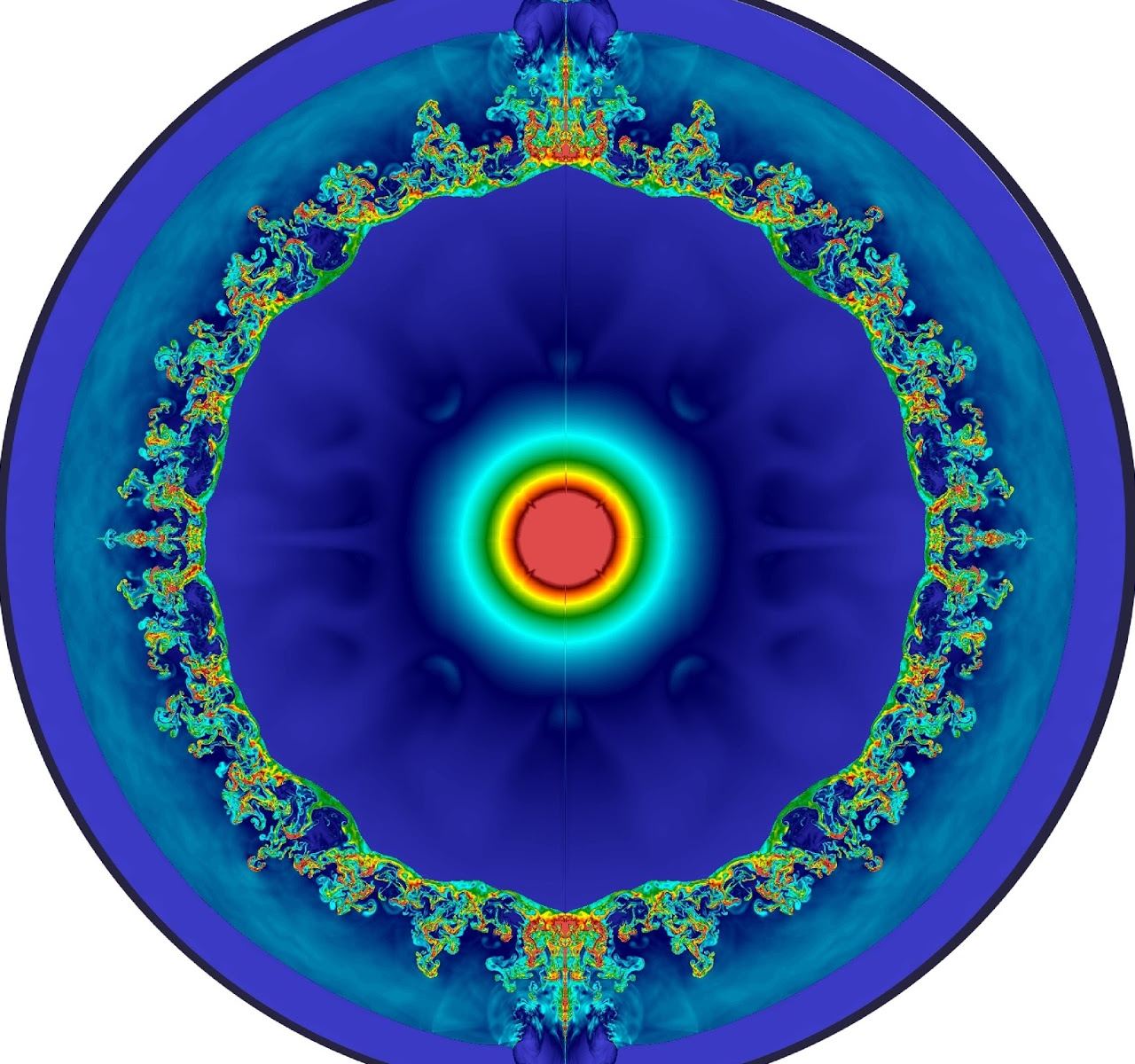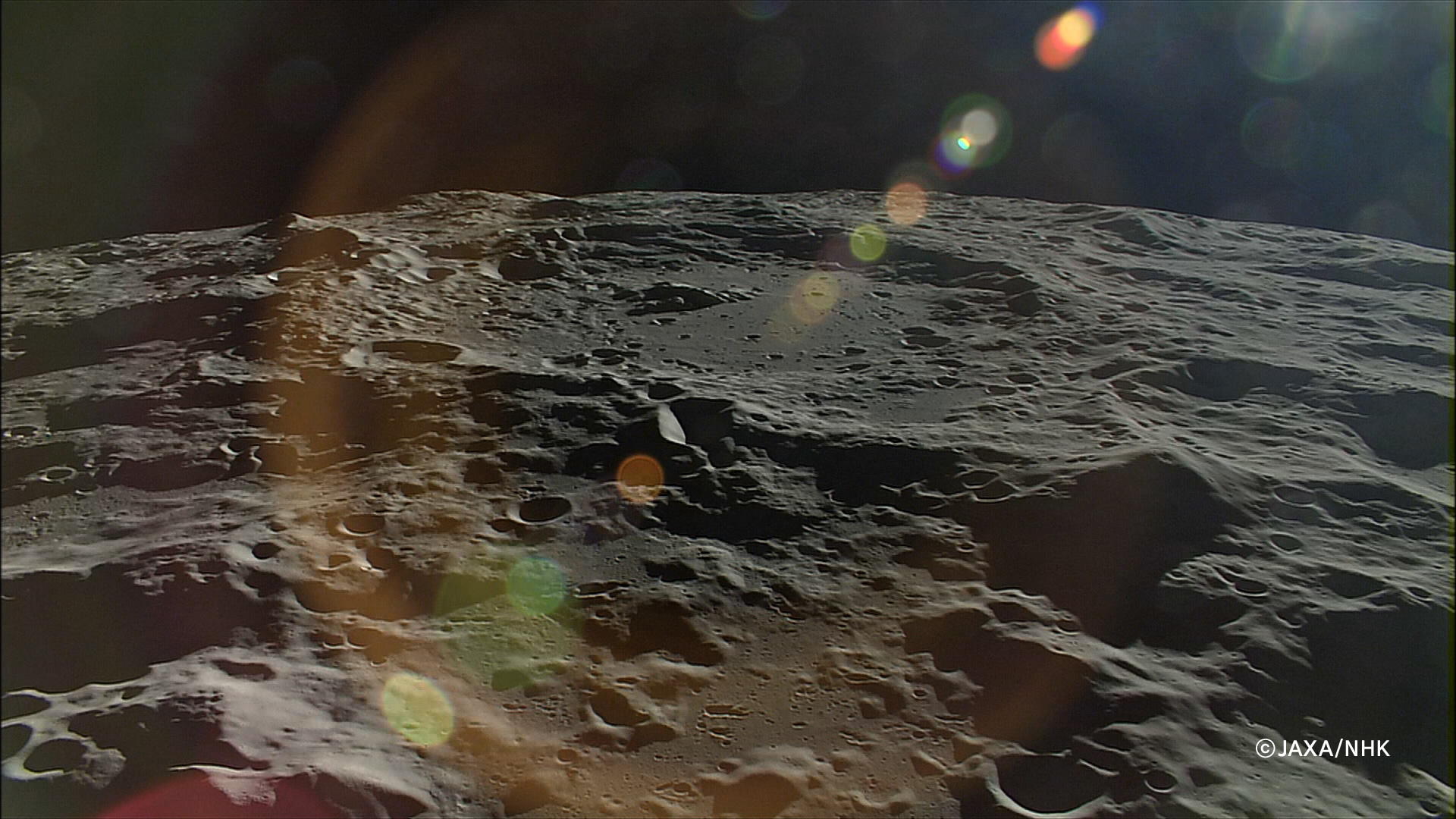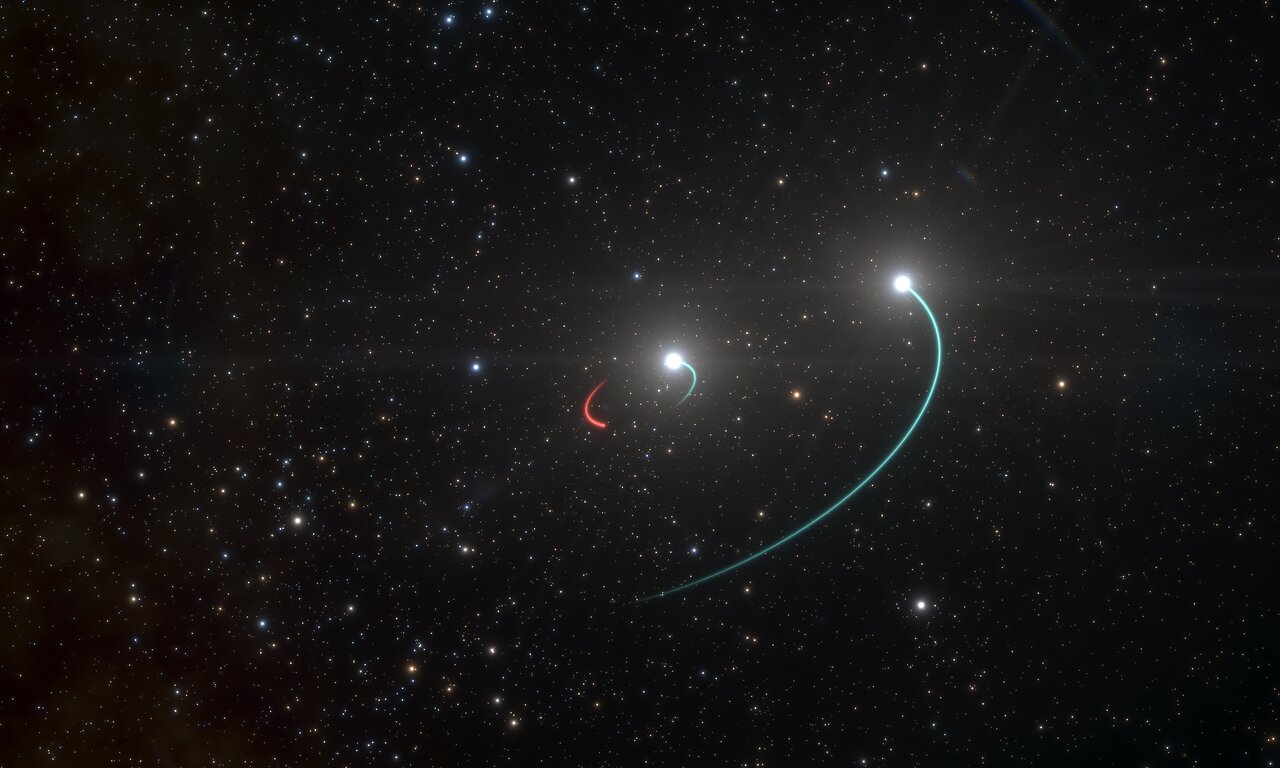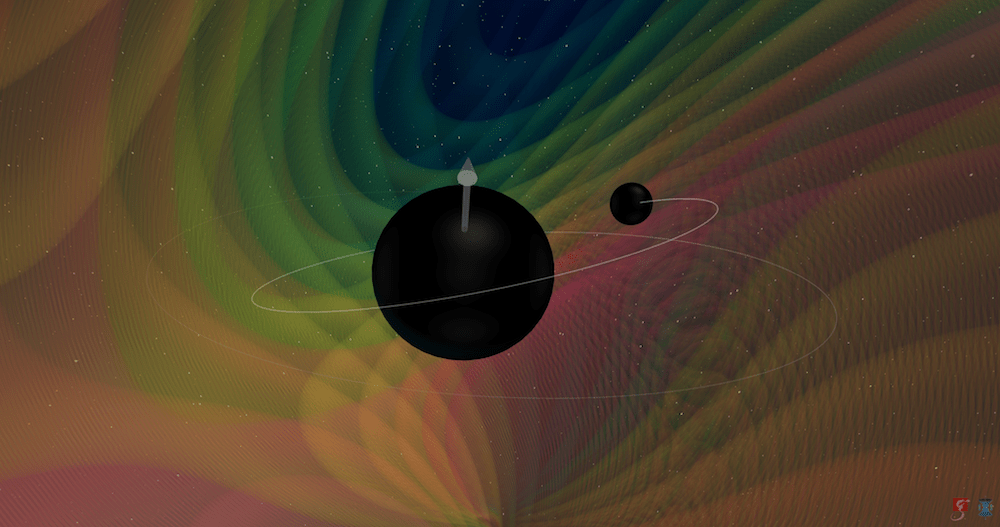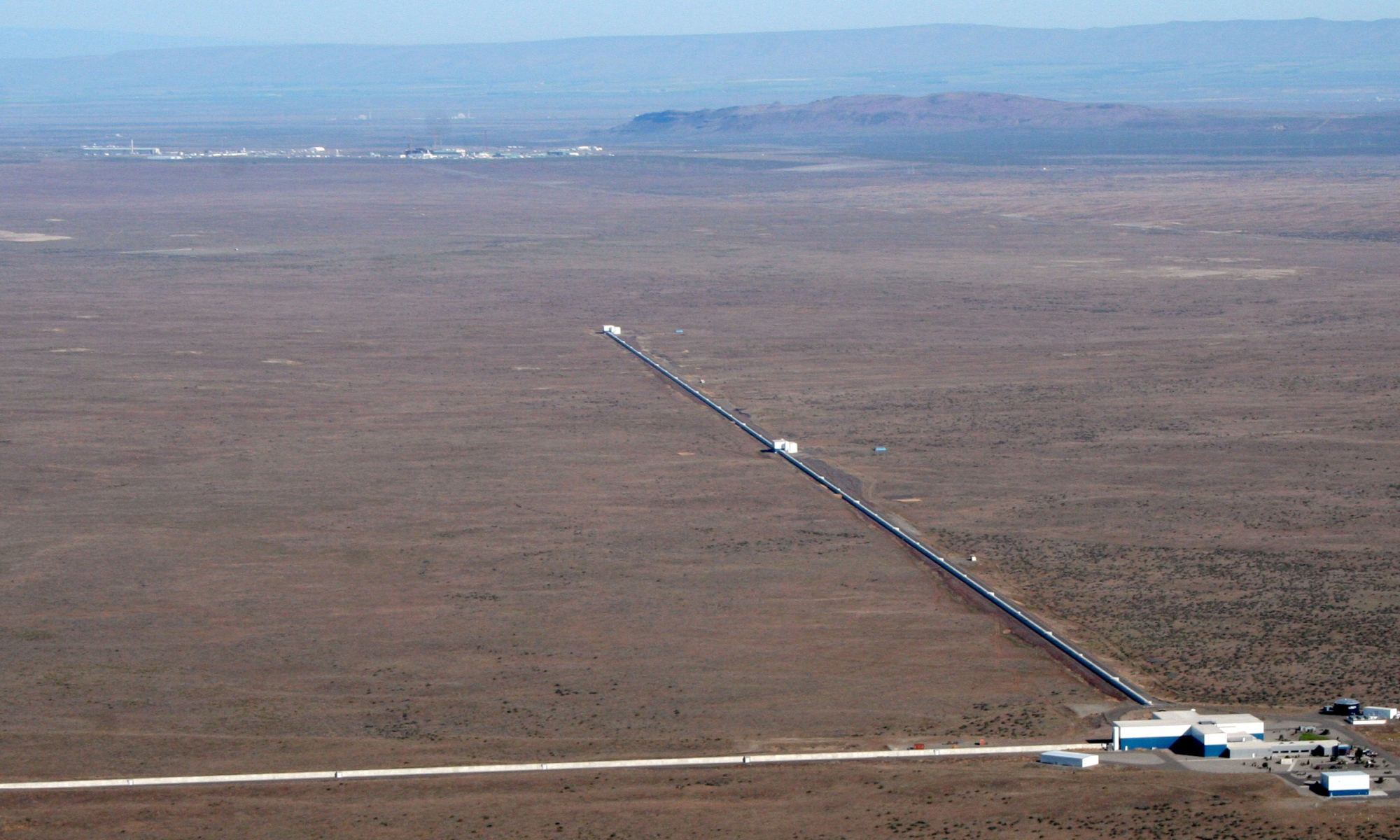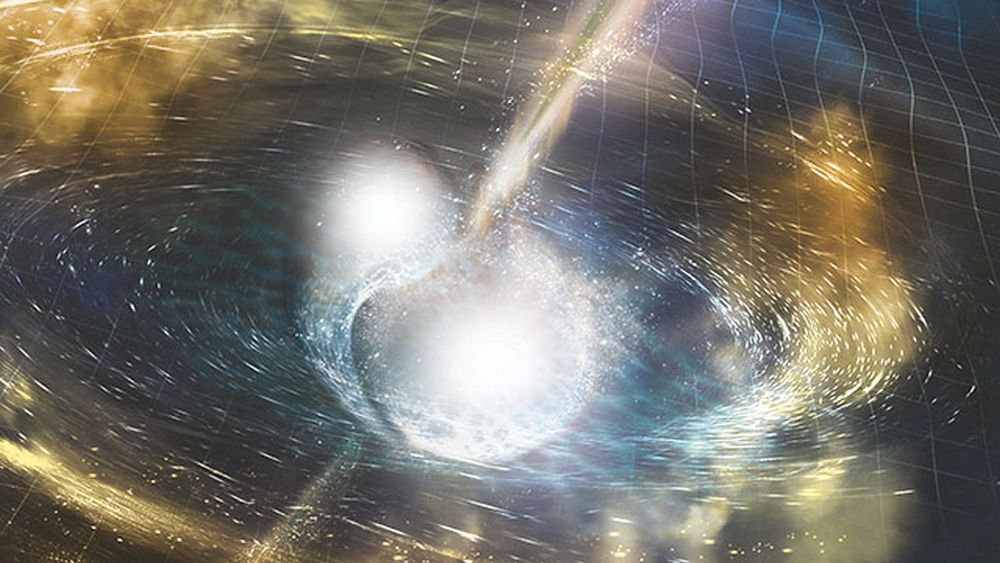Gravity is a strange thing. In our everyday lives, we think of it as a force. It pulls us to the Earth and holds planets in orbits around their stars. But gravity isn’t a force. It is a warping of space and time that bends the trajectory of objects. Throw a ball in deep space, and it moves in a straight line following Newton’s First Law of Motion. Throw the same ball near the Earth’s surface, and it follows a parabolic trajectory caused by Earth’s warping of spacetime around it.
Continue reading “Gravitational-Wave Lensing is Possible, but it’s Going to be Incredibly Difficult to Detect”Gravitational-Wave Lensing is Possible, but it’s Going to be Incredibly Difficult to Detect


